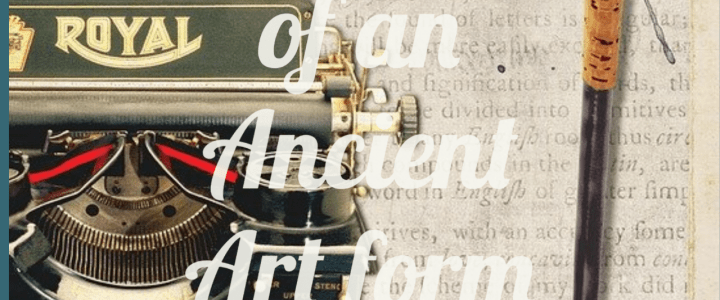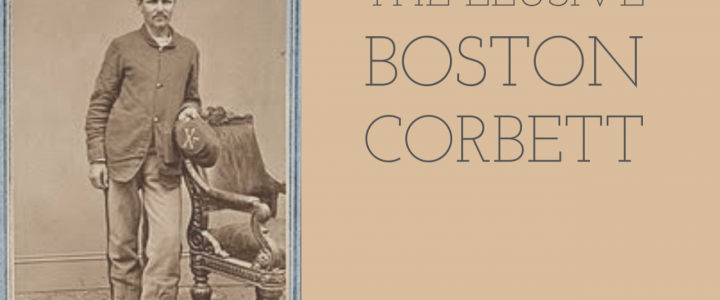For years and years, the art of cursive handwriting has been dropping in the curriculum since the 1950´s. Should we save this ancient art form, or let it slip by.
A few years ago, forty-two states agreed that cursive should be eradicated from the learning curriculum. Fourteen states fiercely agree that cursive is very important. An article from Utopia states that ¨Is it all just nostalgia, then? Are parents and teachers who are caught up in the controversy merely reliving old glories and trying to resurrect a useless relic? Is the battle over the future of cursive, in other words, really all about the past?¨ Have we lost this art form already. Even now, we’re losing quite a lot. If we lose this, the kids can and will suffer. During the quarantines of 2020 students all but stopped learning cursive during the quarantine. It was most likely because they couldn’t teach it. Speaking of teachers, it´s really up to them if cursive is taught in their classrooms or not, for the fourteen states previously mentioned, the teachers have to find their own time to teach cursive because it´s not on the standard test. That is the main reason that cursive isn´t being taught, it isn’t practical or there isn’t time for it. But it has been said and proven that those who can read and write cursive are normally on a more socioeconomic plane. Cursive also helps with fine motor skills, and helps the child focus, the children who can’t read or write cursive are hardly illiterate, they just prefer the keyboard to a pen and paper. We can all agree that cursive is helpful but harmful. It helps young children with their fine motor skills, it allows us to read historical documents, such as the Constitution, but it also takes time out of more important subjects, it just isn’t practical. It´s more of a tradition than a school subject. Should kids continue to learn it?
Cursive is disappearing. There is no other side to that statement, over the years we have grown and with that came new technology, it started with the typewriter and is now the modern-day laptop. Very few and trying to save it, and those few can´t change everything. But teachers don’t have time for something that´s not on the test, they don’t have time to teach an old language. Cursive is still here, for now.


